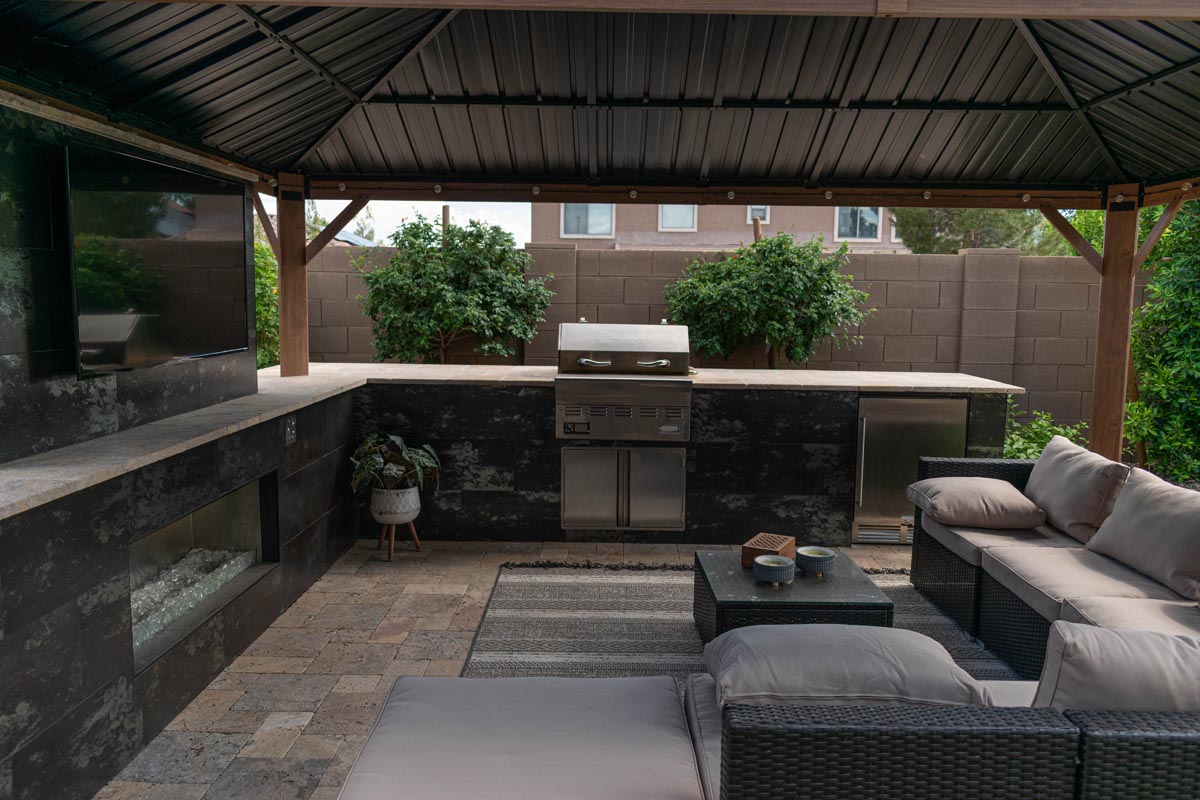Composting isn’t just a trend—it’s your ticket to a greener lifestyle, healthier plants, and major waste reduction. If you’ve ever tossed vegetable peels or coffee grounds and wondered if there’s a better way, this guide will turn your everyday waste into valuable garden compost. Whether you live in a suburb with a big backyard or an urban apartment with just a balcony, anyone can start composting at home.
Why Start Composting at Home?
Nothing feels better than reducing waste while nurturing your garden. Home composting is a sustainable practice with multiple benefits:
- Cuts Down on Waste: Up to 30% of household waste can be composted, which means less landfill and lower carbon emissions.
- Enriches Your Soil: Compost improves soil structure, supplies essential nutrients, and boosts the water-holding capacity of your garden beds.
- Saves You Money: By producing your nutrient-rich soil amendment, you cut back on buying synthetic fertilizers.
- Fights Climate Change: Composting reduces methane emissions from landfills and conserves resources.
How Composting Works: The Science Made Simple
Composting is nature’s recycling process. Microorganisms and worms break down kitchen scraps and yard waste into a rich, earthy material called humus. Successful compost piles need:
- Green materials: Nitrogen-rich items like fruit and vegetable scraps, coffee grounds, grass clippings, and tea bags.
- Brown materials: Carbon sources such as dried leaves, cardboard, paper, straw, and twigs.
- Oxygen and moisture: Turning your pile and keeping it damp support decomposition.
Balance is key. Aim for about two or three parts browns to one part greens for efficient composting.
Getting Started: What You Need
Starting to compost at home doesn’t require fancy equipment. Here’s how to begin:
Choose Your Composting Method
- Open Compost Pile: Best for larger yards—a heap or bin in a shady, well-drained spot.
- Closed Bin or Tumbler: Keeps out pests, controls moisture and odor, and works well in small spaces or urban environments.
- Worm Bin (Vermicomposting): Uses red worms to break down kitchen scraps; great for apartments since it can stay indoors and is nearly odorless.
- Specialty Bins for Tight Spaces: Consider stackable or countertop bins with built-in filters if space is limited.
Pick a Location
Select a spot close to your kitchen for convenience but shielded from direct sun, which may dry out your pile. Bare soil is ideal, but patios or balconies work too with the right bin.
Gather the Right Ingredients
What goes in:
- Fruit and vegetable scraps
- Coffee grounds and filters
- Tea bags (no plastic), eggshells
- Grass clippings
- Dried leaves, cardboard, shredded paper, paper towels
What to avoid:
- Meat, dairy, oily foods, bones
- Diseased plants
- Large branches or glossy paper
- Pet waste (except for herbivore manure like rabbit, chicken)
The Basic Steps: Composting, Layer by Layer
1. Set Up Your Bin or Pile
Start with a base layer of coarse browns—twigs, straw, or cardboard—about 4-8 inches deep. This encourages airflow and drainage.
2. Add and Layer Materials
Alternate green and brown layers. Toss kitchen scraps, then cover them with a layer of browns. Each layer should be about one to two inches thick. This keeps odors down and balances moisture.
3. Maintain the Pile
- Turn regularly: Every week or two, use a garden fork or shovel to aerate the pile. This supplies oxygen for faster decomposition and minimizes smell.
- Check moisture: The pile should feel like a wrung-out sponge—not too wet or dry. Add a bit of water if too dry, toss in extra browns if too wet.
- Cover: Keep a lid or cover on top to retain heat and moisture. This encourages faster breakdown and deters pests.
4. Be Patient—Then Use Your Compost
Depending on your method and conditions, you’ll have dark, earthy, crumbly compost in as little as 2–3 months (with worms or tumblers) or up to a year for outdoor piles. When your compost smells sweet and earthy and all scraps have broken down, it’s ready.
Troubleshooting Common Composting Problems
- Bad Odor: Too many greens or not enough air. Add dry browns and turn the pile.
- Compost Too Wet: Add more browns like dry leaves or paper.
- Pile Not Decomposing: Mix more frequently, add water, or check the ratio of browns and greens.
Composting in Small Spaces
Not everyone has a garden, but anyone can compost with the right approach:
- Use mini compost bins or tumblers for balconies or patios. They’re designed for speed and odor control.
- Try vermicomposting inside with a small plastic tub under the sink—red wiggler worms make quick, odor-free work of kitchen scraps.
- Bokashi buckets work for those who want to compost all food waste, even meat and dairy, using special inoculants.
- Apartment hacks: Try stackable countertop bins or wall-mounted tumblers for a compact solution.
How to Use Finished Compost
Once your compost is ready:
- In the garden: Mix a 1-2 inch layer into the topsoil for vegetables and flowers.
- As mulch: Spread around trees or shrubs to enrich the soil and retain moisture.
- In pots: Blend with store-bought potting mix to boost plant growth.
- Make “compost tea”: Steep compost in water for a nutrient-rich liquid feed for your plants.
Frequently Asked Questions
Is composting smelly or messy? A balanced pile and proper ventilation prevent bad odors. Keep browns covering greens for best results.
Can I compost in winter? Yes! Decomposition slows down, but continues. Insulate your bin with straw or keep it in a sheltered spot for efficiency.
What if I don’t have a yard? Indoor options like small bins with carbon filters or vermicomposting bins fit under the sink or in a closet.
The Environmental and Personal Impact
Composting at home not only reduces landfill waste and your carbon footprint, it also puts valuable nutrients back into the earth. You’ll enjoy healthier soil, more robust plants, and the satisfaction of playing a part in fighting food waste and environmental harm.
Conclusion
There’s never been a better time to join the composting movement. With just a few small steps, you can transform kitchen scraps into garden gold—saving money, supporting the planet, and growing healthier plants in the process. Whether you have a little patch of soil or just a corner in your kitchen, composting at home is accessible, rewarding, and remarkably simple.
Take Action for a Greener Tomorrow!
Start your home composting journey today. Round up those kitchen scraps, pick your bin, and let nature do the rest. You’ll reduce waste, enrich your garden, and help create a more sustainable future—one banana peel at a time.







